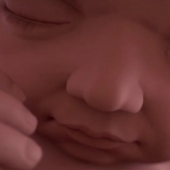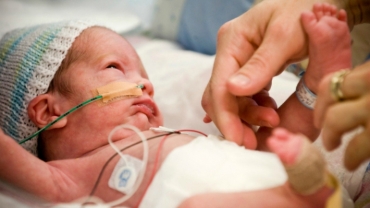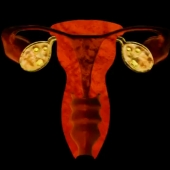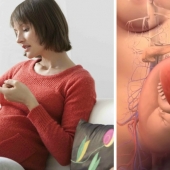What's happening when you're 10 weeks pregnant? Your baby’s growing by leaps and bounds and is already an inch and a half long and a quarter ounce in weight. That’s about the size of a prune, but happily, your sweet sugarplum is much cuter than the average prune, and not nearly as wrinkled. Baby’s head takes up about half his length, and your cutie’s facial features are quite recognizable now.
His eyes are hidden behind sealed lids and they won’t function until later in the second trimester, but a kissable button nose is visible and the external parts of those adorable ears have started to grow low down on the fetal head. Twenty tiny baby teeth buds are in place beneath his gums, though you won’t see any precious pearlies until your sweetie is about six months old.
Baby’s stomach and kidneys are operational now, churning out digestive juices and urine. That beating heart is now a fully functional four-chambered one. Two ventricles pump blood to the lungs and body, while the two atria receive blood from baby’s circulation. Your baby is also getting stronger, busy building bones and cartilage, and already sporting a pair of elbows that actually bend. Also under construction: knees, wrists, and ankles, so he can poke and prod his mama in the months to come.
If your baby’s a girl, her tiny ovaries are beginning to form even tinier eggs. Got a boy in your belly? Believe it or not, his newly developing testes are already starting to make testosterone.
Did You Know?
Using a properly trained, licensed midwife rather than an obstetrician increases the chances of an un-medicated delivery by up to 95 percent. A direct-entry midwife spends an average of 45 minutes to an hour with a patient at each prenatal visit; obstetricians average only six minutes. This extra attention pays off in less anxiety for you and less anxiety usually means less pain—and, thus, less need for pain medication.
- 201 views













